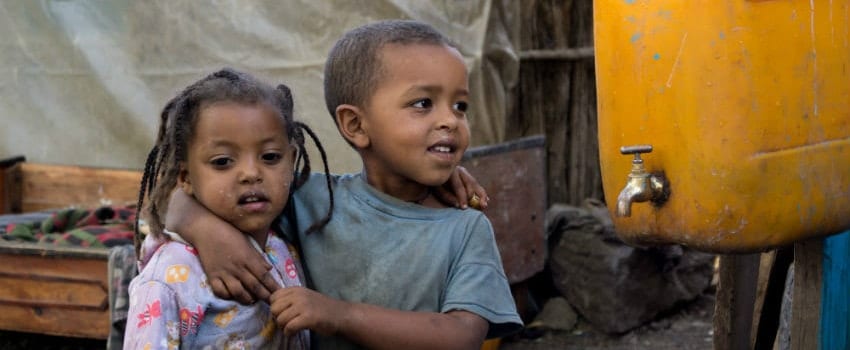
It is harvest Season in South Sudan, unfortunately that is unlikely to end the hunger crisis that is unfolding in the country as it continues to be engulfed by conflict and hyperinflation which puts food out of reach for many. According to a report released by the Government of South Sudan in collaboration with various UN agencies, the number of people who suffer from food insecurity in the country is likely to decline to 4.8 million people between October and December, down from 6 million people in June. Whilst that may seem like good news, in actual fact the number of people experiencing food insecurity from October to December has increased by 1.4 million people compared to the same time period in the previous year.
Conflict is the root cause of the problem
Serge Tissot the Food and Agriculture Organisation’s representative in South Sudan says the harvest season has failed to deliver much relief to the millions of people in South Sudan who don’t have enough to eat. Unfortunately, the most productive agricultural areas of the country have been ravaged by conflict and as such the most important priority is finding a peaceful solution to this man-made tragedy otherwise next year the situation is likely to deteriorate further.
The situation is likely to be worse next year
The food security situation is expected to get worse towards the beginning of 2018 and the so called “hungry season” when households no longer have any food until the arrival of the next harvest is forecast to start a full three months earlier than normal. This year there was a massive humanitarian response which managed to prevent famine from occurring in some parts of the country, but even with the current harvest season in effect, millions of people require continued assistance to survive.
Critical levels of malnutrition
Next year it is expected that over more than 1.1 million children under the age of five will be malnourished. That figure includes 300,000 severely malnourished children who are at extreme risk of death. Mahimbo Mdoe UNICEF’s South Sudan representative says that too many children in the country are going hungry. More than one in five people who are unable to feed themselves is a child under the age of five. The end result is a malnutrition crisis that is putting millions of lives at risk.
Rapid response
UNICEF along with its partners have managed to deliver treatment this year to over 160,000 children suffering from severe acute malnutrition (SAM). The aid agency has set a goal of reaching 207,000 malnourished children throughout South Sudan this year. UNICEF has adopted a multi-sectoral approach to tackling the problem and has also delivered safe drinking water to more than 750,000 people. This year agencies such as the World Food Programme have helped more than 4.6 million people in the country by either providing cash or food and nutritional support for children aged under five.





